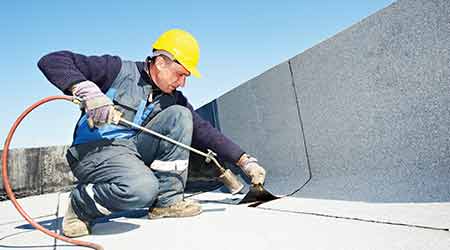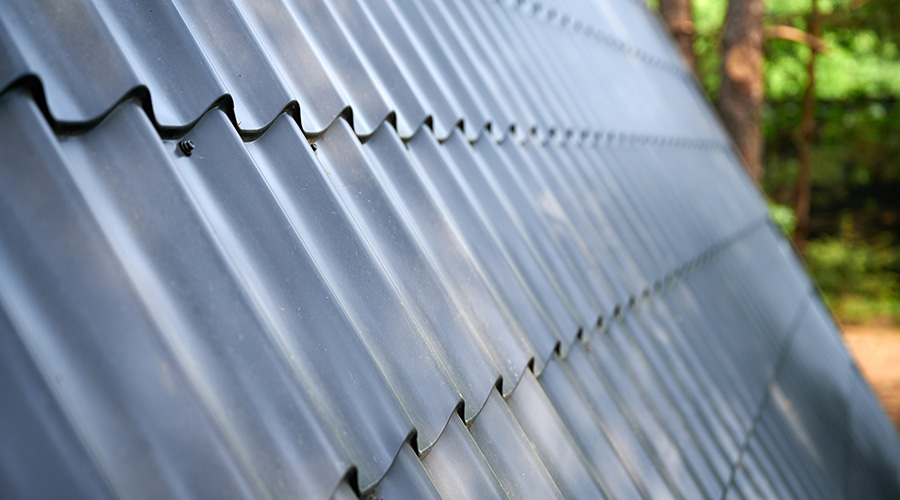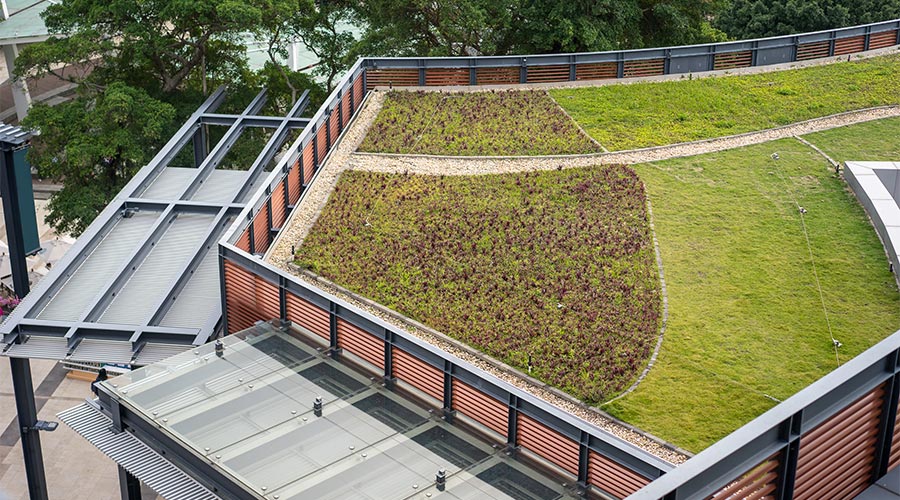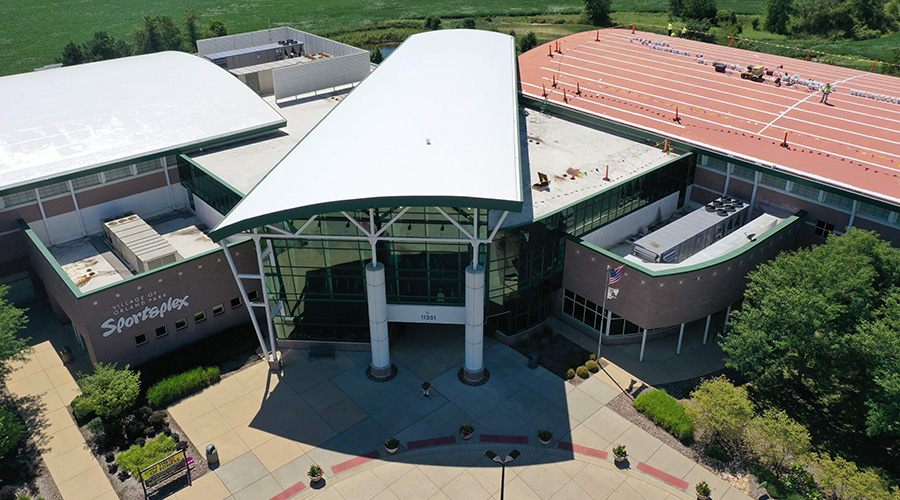Why Cool Roofing Is Important To Energy Efficiency Goals
Using roofs that are highly reflective mean less energy is required to cool a building.
By Karen Warseck, Contributing Editor
When facility executives start planning energy efficiency projects, usually the first things on the agenda are HVAC systems and lighting. Roofing doesn’t usually make the top of the priority list.
In reality, except for on very tall buildings where the majority of the exterior envelope is walls and windows, the roof most assuredly affects the money spent to heat and cool a building. The key to energy efficiency in a roof is heat transfer.
Roofs bake in the sun all day, absorbing heat from the infrared and near infrared components of solar radiation. Some of this heat is given off but some is transferred into the building. Conversely, the roof cools in the night and transfers heat from the interior of the building to the outside air. This heat loss or heat gain (depending on climate and time of year) directly affects energy use. Logically speaking, the less heat transfer, the less the HVAC system needs to run. Thus the most energy efficient roof is the one that contributes the least to heat transfer.
To understand energy efficiency in roofing, one needs to understand some terminology — reflectivity, emissivity and thermal conductance. Reflectivity is the ability of a surface to cause radiation to bounce off rather than absorb. Emissivity is its ability to release what has already been absorbed. Thermal conductance is the materials’ ability to transfer heat through itself to another material. Each of these three concepts will influence the heat transfer of a roof and impact the energy costs of a building.
Reflectivity
Dark materials absorb more heat than light materials and shiny surfaces reflect more than dull surfaces. This is a function of the reflectivity of the surface. A black or dark colored roof system will absorb more heat than a light colored one. The ability of a light colored surface to reflect the infrared and near infrared spectrum keeps the heat from being absorbed in the first place, keeping the roof membrane and the materials below it cool — hence the term “cool roofing.”
Any type of roof system can be cool. Although the TPO and PVC single plies are best known for their reflectivity, most other roofing system manufacturers have developed reflective versions of their traditional roofing systems. EPDM manufacturers have developed pure white EPDM systems and are laminating white surfaces to the traditional dark grey materials. Built-up system manufacturers have developed pure white systems including white adhesives and aggregates to provide reflective surfaces. Modified bitumen roofing manufacturers have developed new cap sheets that are blindingly white next to the traditional light gray granule surfaces. Almost any roof, new or existing, can be made into a reflective roof by applying coatings to obtain the solar reflectance values needed to comply with California Title 24, Energy Star ratings or LEED certification.
If the roof is low slope, there are other considerations to assure the reflective roof continues to provide the same benefits as when it was installed. Dirt will accumulate on the roof surface and reduce the reflectivity. One study by the Lawrence Berkeley National Laboratory Heat Island Group showed significant reductions for different coatings from dirt accumulation on the roof. The reflectance dropped the most during the first six months after installation and did not significantly decrease for several years after. Washing the roof with a mild detergent and water caused the reflectance to rise again. Washing the roof with a high power pressure washer is not a good idea because it can damage the membrane. Washing should be done with low pressure and a mild detergent. Bleach is not recommended, especially for an asphalt-based roof system.
One side note: A roof does not have to be white to be reflective. Research into heat-reflective clothing for military use has resulted in colored pigments that reflect infrared and near infrared radiation. This has been adapted by the roofing industry, especially metal roofing, to provide colored alternatives for reflective roofs. Some TPO single ply membranes have also included this technology in their formulations, allowing bright colored materials as well as light ones.
Related Topics:












